Liposuction Perut | Dapatkan di Klinik Berdaftar
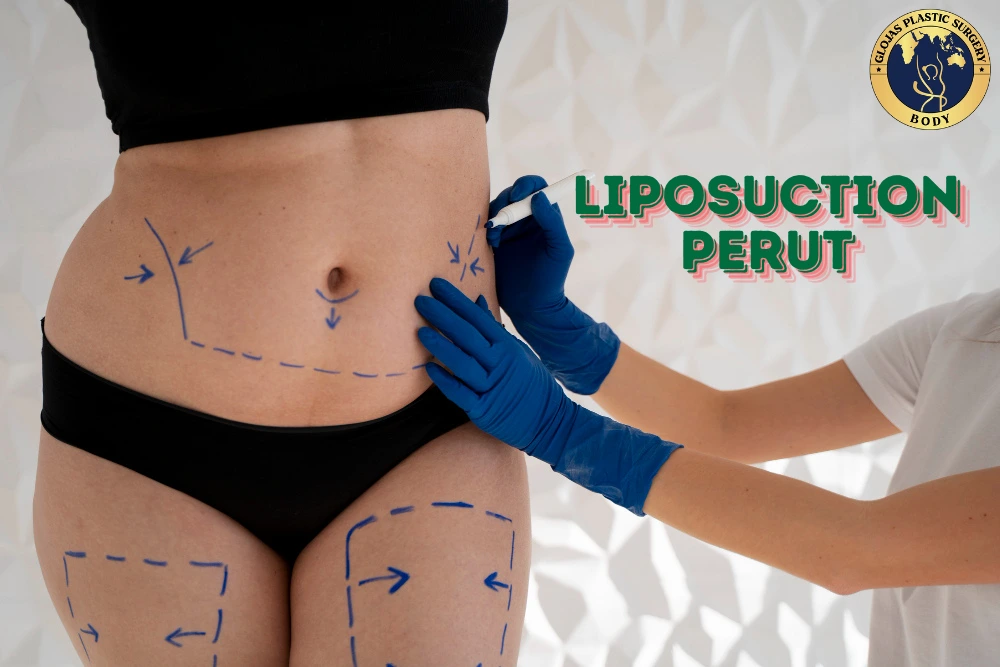
Apa itu Liposuction Perut? Liposuction perut, atau sedut lemak perut, adalah prosedur kosmetik yang bertujuan untuk membuang lemak yang tidak diingini dari kawasan perut. Prosedur ini sering dilakukan oleh individu yang sukar menghilangkan lemak di kawasan ini walaupun telah mengamalkan diet dan senaman yang konsisten. Alamat : Glomac Galeria Hartamas, B-G, 05, Jalan 26a/70a, Desa […]
Cost Of Liposuction in Malaysia: A Guide to Achieving Your Body Goals
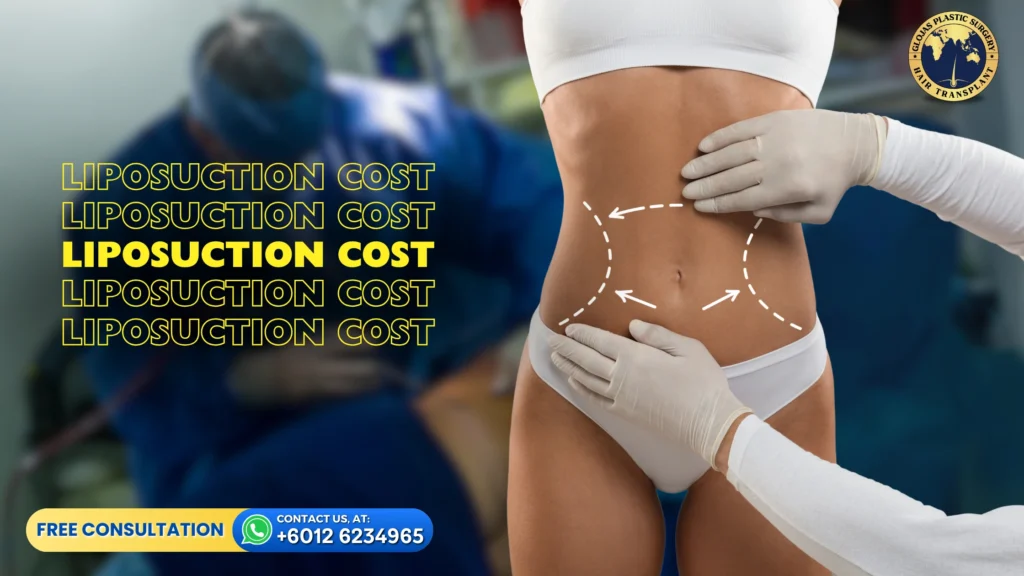
Cost Of Liposuction in Malaysia – Liposuction, a popular cosmetic surgery procedure, offers an effective way to sculpt and refine your body by removing unwanted fat deposits. However, navigating the cost of liposuction in Malaysia can be confusing. This blog sheds light on factors influencing liposuction costs and highlights why GLOJAS Clinic is your ideal […]
Pembedahan Plastik di Malaysia | Dapatkan di Klinik Berdaftar – GLOJAS

Pembedahan Plastik di Malaysia Pembedahan plastik semakin mendapat perhatian di Malaysia. Dengan kemajuan teknologi perubatan, lebih ramai individu memilih untuk menjalani prosedur ini bagi memperbaiki penampilan fizikal mereka. Namun begitu, individu yang ingin melakukan pembedahan plastik, haruslah meneliti dan memeriksa klinik tersebut supaya mereka adalah dari klinik yang berdaftar dengan jabatan yang betul. Alamat : […]
Before & After: Double Chin Reduction with Botox
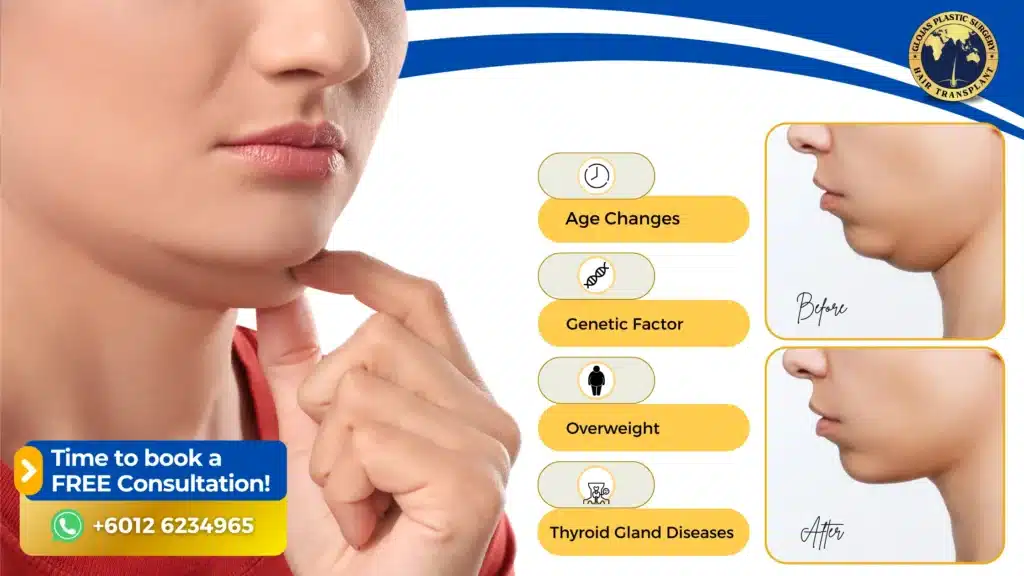
Double Chin Botox Before and After – The dreaded double chin can cast a shadow on your confidence, adding years to your appearance. Fortunately, aesthetic advancements offer solutions! This blog delves into the transformative power of double chin Botox before and after results, exploring how this non-surgical treatment can redefine your jawline and why GLOJAS […]
Sculpting Your Dream Silhouette: Unveiling Buttock Liposuction
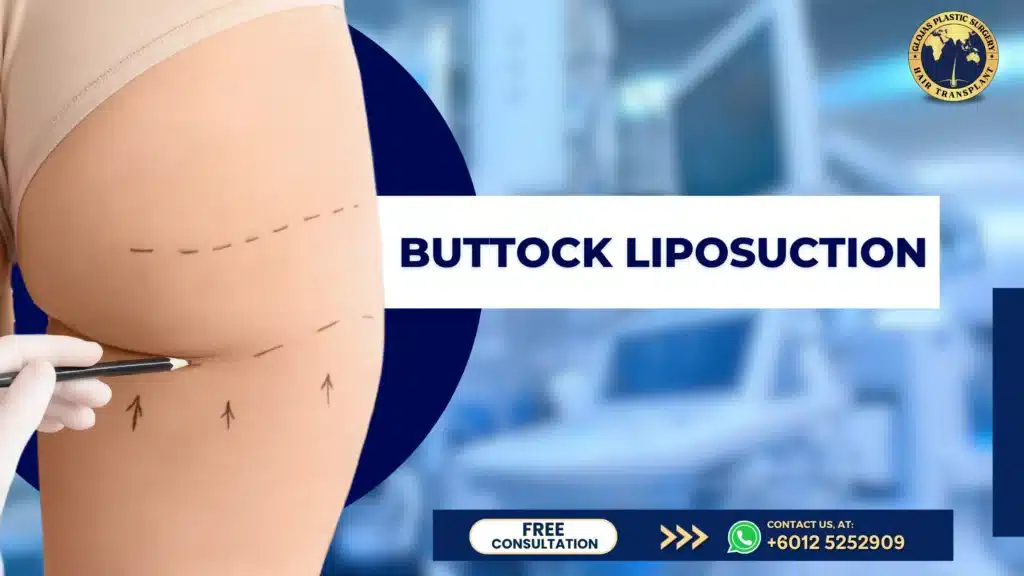
The quest for a sculpted, balanced physique often leads many to consider liposuction. Buttock liposuction has emerged as a popular procedure for achieving a more contoured and toned backside. This blog explores the transformative potential of buttock liposuction, addresses common concerns, and highlights why GLOJAS Clinic is your ideal partner for achieving your desired body […]
Eyebag Removal Prices and Why GLOJAS Clinic is Your Ideal Partner
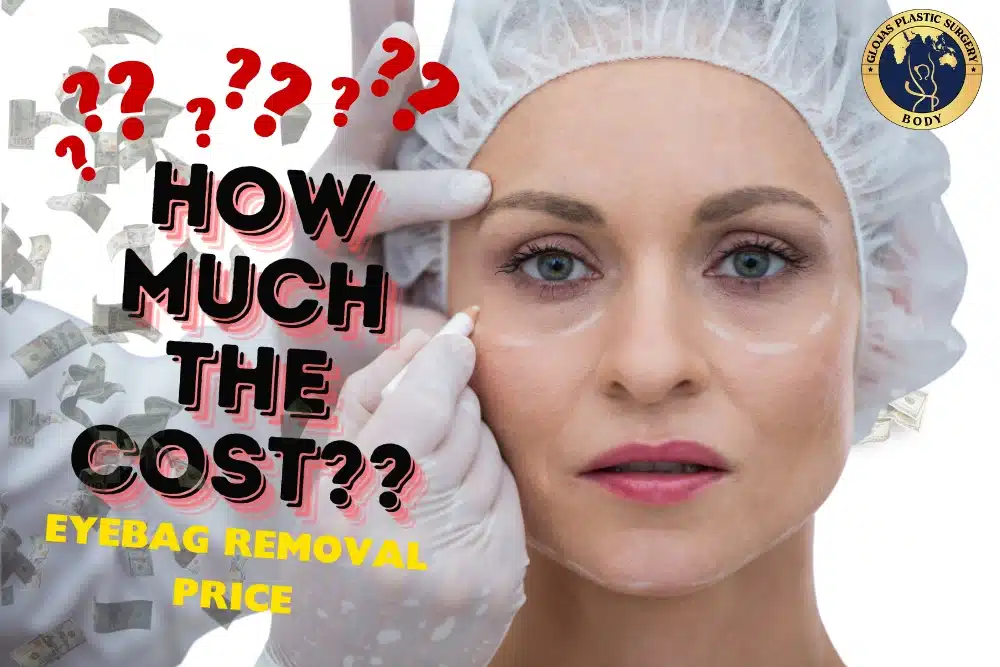
Eyebag Removal Price – Puffy eyebags can add years to your face and make you appear tired. Fortunately, eyebag removal surgery offers a permanent solution for achieving a rejuvenated and refreshed appearance. But navigating the cost of eyebag removal can be confusing. This blog explores the factors influencing eyebag removal prices and highlights why GLOJAS […]
Weight Loss Surgery Malaysia – Expert Services

Embarking on a journey to achieve significant weight loss is a courageous step, and for many individuals in Malaysia, weight loss surgery has become a viable option to help facilitate this complex process. This method is particularly considered when traditional methods, such as diet modifications and exercise, have not yielded the desired outcomes. In Malaysia, […]
Unveiling the Cost of Transformation: Liposuction Prices
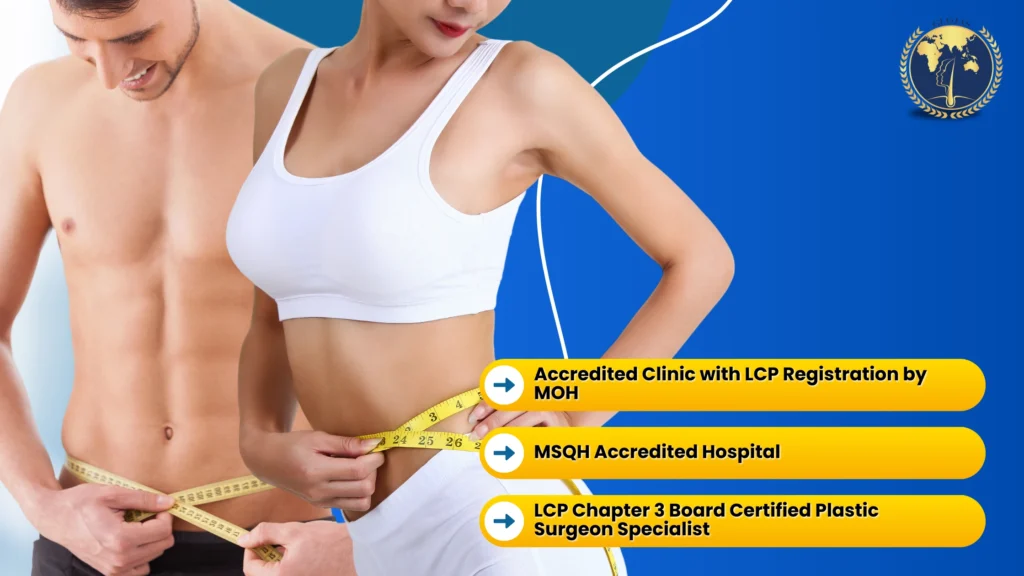
Liposuction Price In Malaysia – The desire for a sculpted physique is a natural aspiration. Liposuction has become a popular surgical option for achieving targeted fat removal and body contouring. Malaysia has emerged as a leading destination for liposuction due to its high-quality care and competitive costs. This blog explores the factors influencing liposuction prices […]
Addressing Male Breast Enlargement: Gynecomastia Treatment Options
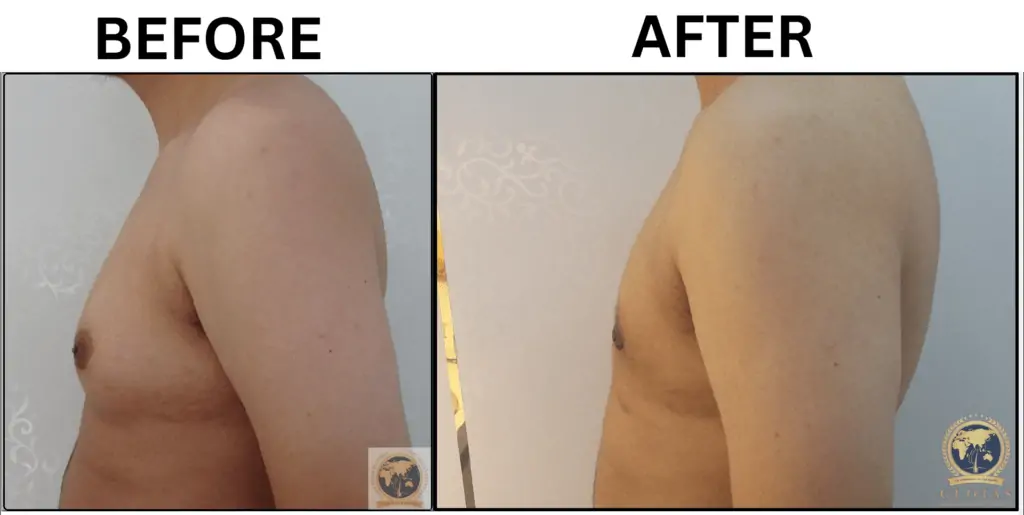
Gynecomastia Treatment In Malaysia – Gynecomastia, the enlargement of male breast tissue, can be a source of embarrassment and self-consciousness. Fortunately, effective treatment options are available in Malaysia for men seeking to achieve a more masculine chest contour. This blog explores the causes and treatments for Gynecomastia and why GLOJAS Clinic is your ideal partner […]
Liposuction Lengan | Liposuction dengan Pakar di GLOJAS

Apa itu Liposuction Lengan? Liposuction lengan adalah prosedur kosmetik yang bertujuan untuk menghilangkan lemak berlebihan di bahagian lengan atas. Prosedur ini membantu memperbaiki kontur lengan, menjadikannya kelihatan lebih ramping dan terbentuk. Ia biasanya dilakukan oleh pakar bedah plastik yang berpengalaman menggunakan teknik-teknik yang selamat dan berkesan. Alamat : Glomac Galeria Hartamas, B-G, 05, Jalan 26a/70a, […]



